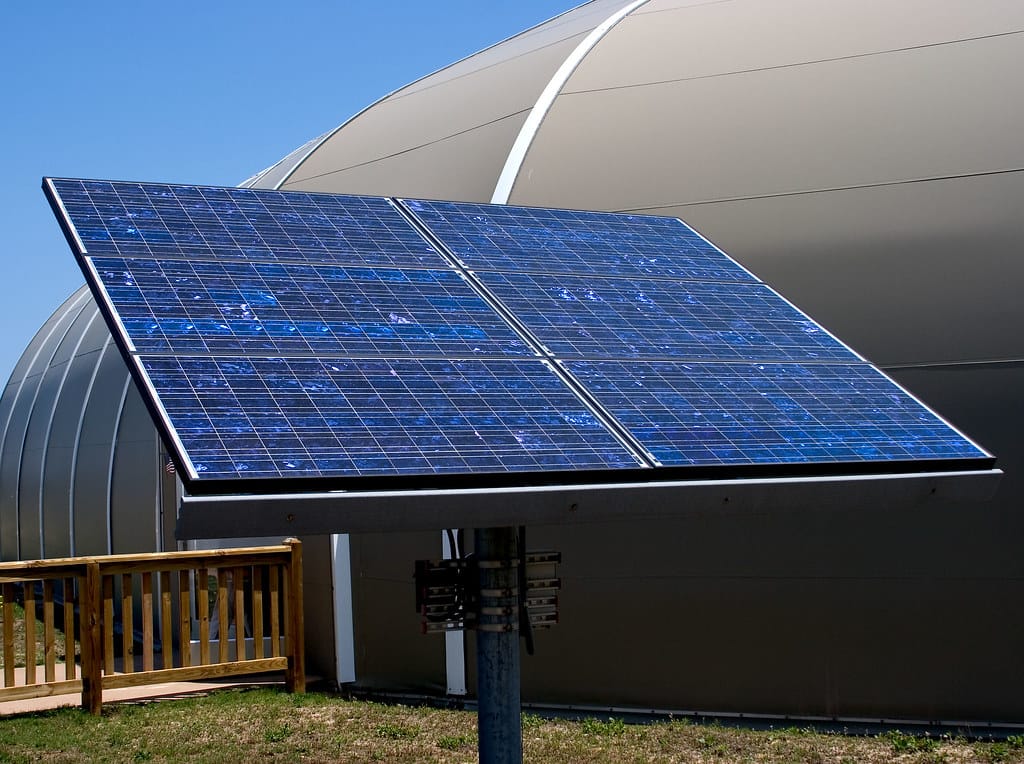Solar Power Surge: How America's Energy Landscape Quietly Transformed Over 21 Months
For nearly two years straight, solar energy dominated America's new power capacity additions, marking a historic shift that most Americans never noticed happening. From January 2023 through September 2024, solar installations outpaced every other energy source—including natural gas, wind, and nuclear—in a streak that energy analysts are calling a turning point for the U.S. power grid.
The Numbers Behind the Solar Boom
According to data from the U.S. Energy Information Administration (EIA), solar photovoltaic installations accounted for 60% of all new electricity generating capacity during this 21-month period. This translates to approximately 32 gigawatts of new solar capacity—enough to power roughly 24 million homes.
The consistency of this growth is perhaps more remarkable than the raw numbers. While renewable energy has experienced boom-and-bust cycles in previous decades, this sustained period of solar dominance suggests the industry has reached a new level of maturity and economic competitiveness.
"We're witnessing the largest transformation of America's energy infrastructure since the Rural Electrification Act of the 1930s," says Dr. Sarah Chen, energy policy researcher at Stanford University. "The difference is this transformation is being driven by economics, not government mandate."
What's Driving the Solar Surge?
Plummeting Costs
The cost of solar panels has dropped by over 85% since 2010, according to the International Renewable Energy Agency. This dramatic price reduction has made solar competitive with fossil fuels in most U.S. markets, even without subsidies.
Large-scale utility solar projects now cost between $0.03 and $0.06 per kilowatt-hour to generate electricity—often cheaper than operating existing coal plants. For context, the average American pays about $0.16 per kilowatt-hour for electricity.
Policy Tailwinds
The Inflation Reduction Act of 2022 extended and expanded federal tax credits for solar installations, providing long-term policy certainty that investors and developers had been seeking. State-level renewable portfolio standards in 30 states have also created guaranteed markets for clean energy.
Corporate Demand
Major corporations are driving significant demand for solar energy to meet sustainability goals. Companies like Amazon, Google, and Walmart have committed to carbon neutrality, often through massive solar procurement deals. Corporate solar purchases exceeded 13 gigawatts in 2023 alone.
Regional Leaders and Surprising Markets
Texas led the nation in new solar installations during this period, adding over 7 gigawatts of capacity. This might seem counterintuitive for an oil-and-gas state, but Texas's deregulated electricity market and abundant sunshine make solar highly profitable.
Other surprising solar growth markets include traditionally conservative states like Florida, North Carolina, and Georgia. These states have embraced solar not for environmental reasons, but because it represents economic opportunity and energy independence.
California, long the solar leader, actually saw its growth rate slow as the market matured and net metering policies changed. This shift demonstrates how solar development is spreading beyond early-adopter states to mainstream markets.
Grid Integration Challenges
This rapid solar expansion hasn't been without complications. Grid operators in solar-heavy regions like California and Texas have had to develop new strategies for managing intermittent power generation.
The "duck curve" phenomenon—where solar production peaks at midday but electricity demand peaks in the evening—has required utilities to invest in battery storage and flexible generation resources. Energy storage installations have grown alongside solar, with battery capacity additions increasing 70% year-over-year during this period.
What This Means for America's Energy Future
The 21-month solar streak represents more than just impressive statistics—it signals a fundamental shift in how America generates electricity. Coal plants are retiring at an accelerated pace, with over 200 coal units shuttered or scheduled for retirement since 2020.
This transition is reshaping everything from job markets in energy-producing regions to geopolitical relationships. The U.S. is becoming less dependent on energy imports while building a more distributed, resilient power grid.
For consumers, the solar boom promises continued downward pressure on electricity prices, especially in sunny regions. Many utilities are finding that adding solar capacity is cheaper than maintaining aging fossil fuel plants.
The Road Ahead
While solar's 21-month winning streak ended in October 2024 as several large wind projects came online, the broader trend toward renewable dominance appears irreversible. Industry projections suggest solar will account for roughly half of all new U.S. electricity capacity through 2030.
America's energy transformation happened quietly, one rooftop and utility-scale project at a time. But the cumulative impact of this solar surge will shape the nation's energy landscape for decades to come, proving that the most profound changes often occur not through dramatic announcements, but through the steady accumulation of economic logic and technological progress.

